Mark Twain and "Clark of Montana"
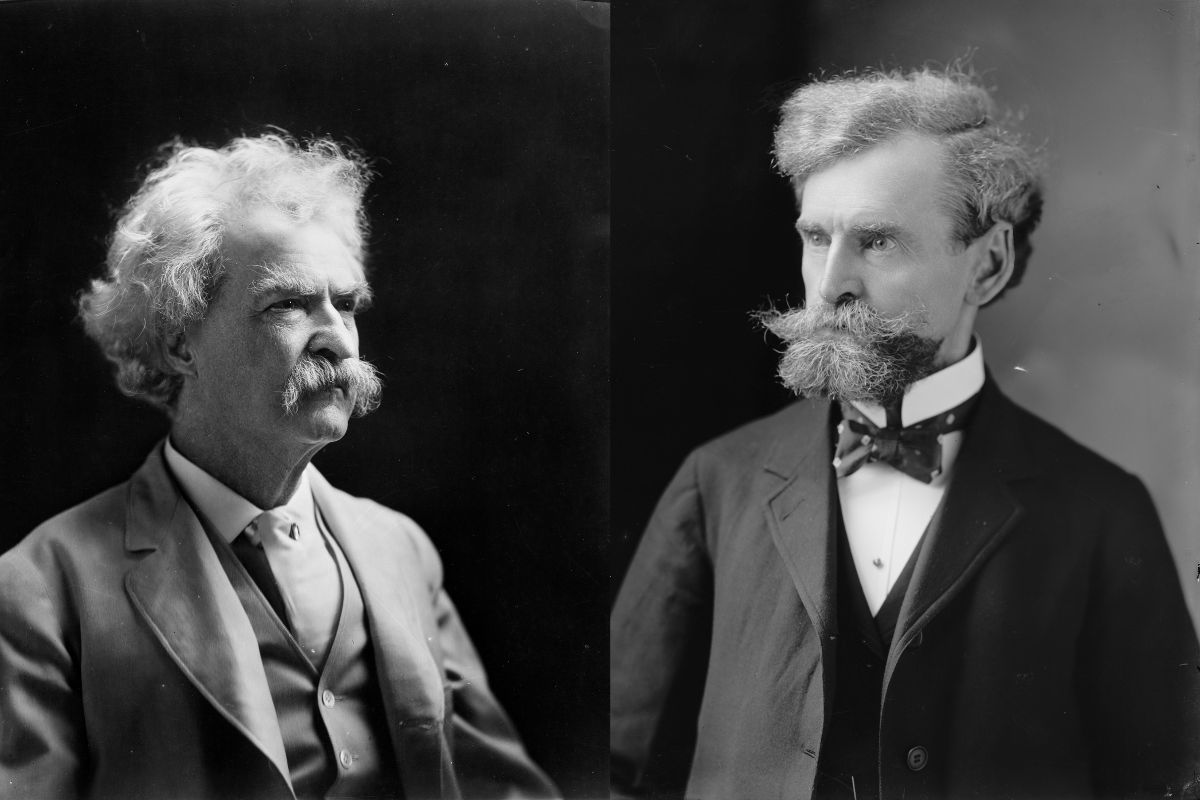
Famed for his humorous fiction, Mark Twain wielded a poison pen when writing about real-life characters. In 1907, he unleashed one of his sharpest barbs at Senator William Andrews Clark, one of Montana’s “copper kings”:
“[W]hile I am willing to waive moral rank and associate with the moderately criminal among the Senators,” said Twain, “I have to draw the line at Clark of Montana. He is said to have bought legislatures and judges as other men buy food and raiment. By his example he has so excused and so sweetened corruption that in Montana it no longer has an offensive smell. His history is known to everybody; he is as rotten a human being as can be found anywhere under the flag; he is a shame to the American nation, and no one has helped to send him to the Senate who did not know that his proper place was the penitentiary, with a chain and ball on his legs.”
Twain’s observation came after a private dinner at the exclusive Union League Club in New York City. The members honored Clark for loaning them thirty paintings, worth over $1 million, for an exhibition. Twain attended this “dreary and fatiguing” event with a companion whom he described as “a particular friend of mine whom I will call Jones for this day and train only.” He emphatically declared, “I cannot help being vain of myself for giving such a large proof of my friendship for Jones as is involved in my accepting an invitation to break bread with such a person as Clark of Montana.”
What triggered Twain’s vitriol, and who was “Jones”? Untangling this web reveals that it was made from Montana copper.
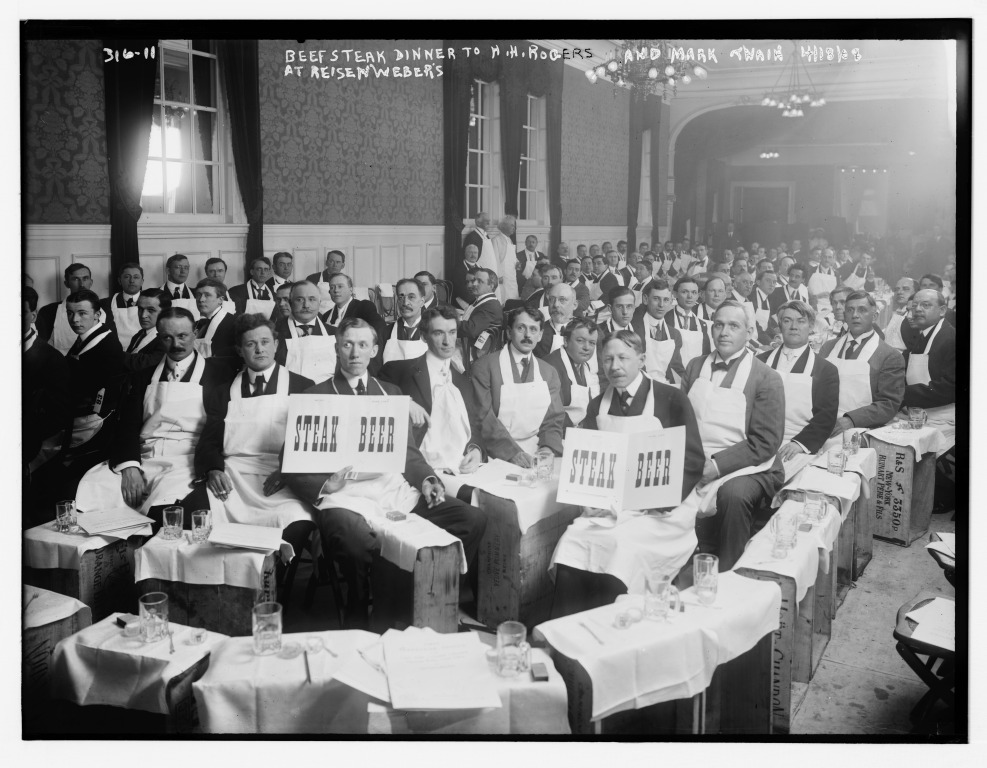
Twain criticized public figures from Andrew Carnegie to Theodore Roosevelt, so Twain easily sighted in on the duplicitous Clark. But in one sense, Twain’s salvo was the final shot in the infamous Clark-Daly feud that dated back to 1888.
“Jones” is revealed in Twain’s calendar. On January 26, 1907, he dined with publisher William Evarts Benjamin. It just so happened that Benjamin’s father-in-law was one of Twain’s closest friends: Henry H. Rogers.
Rogers at that time was vice president of Standard Oil and president of the Amalgamated Copper Company, which controlled the copper mines of Butte plus the politics and economy of Montana. He often maneuvered behind the scenes and through proxies. Sending his son-in-law and Twain to observe Clark, a sworn enemy of Amalgamated Copper, was definitely his style.
The New York Times mentioned Twain was at the soireé, but not Benjamin, merely hinting that other people attended. Between the Times’s delicate omission and Twain’s use of the alias “Jones,” it is indeed likely that Twain’s presence deliberately pulled the limelight to the famous writer and away from others who quietly wished to observe Clark’s antics.
Montana history rightly excoriates Rogers for morphing the Anaconda Company into Amalgamated, a gigantic copper trust. But for Twain, Rogers was a hero. As historian Eugene Huddleston noted, “A strange dualism characterized Rogers. Pitiless in business deals, in his personal affairs he was warm and generous.”
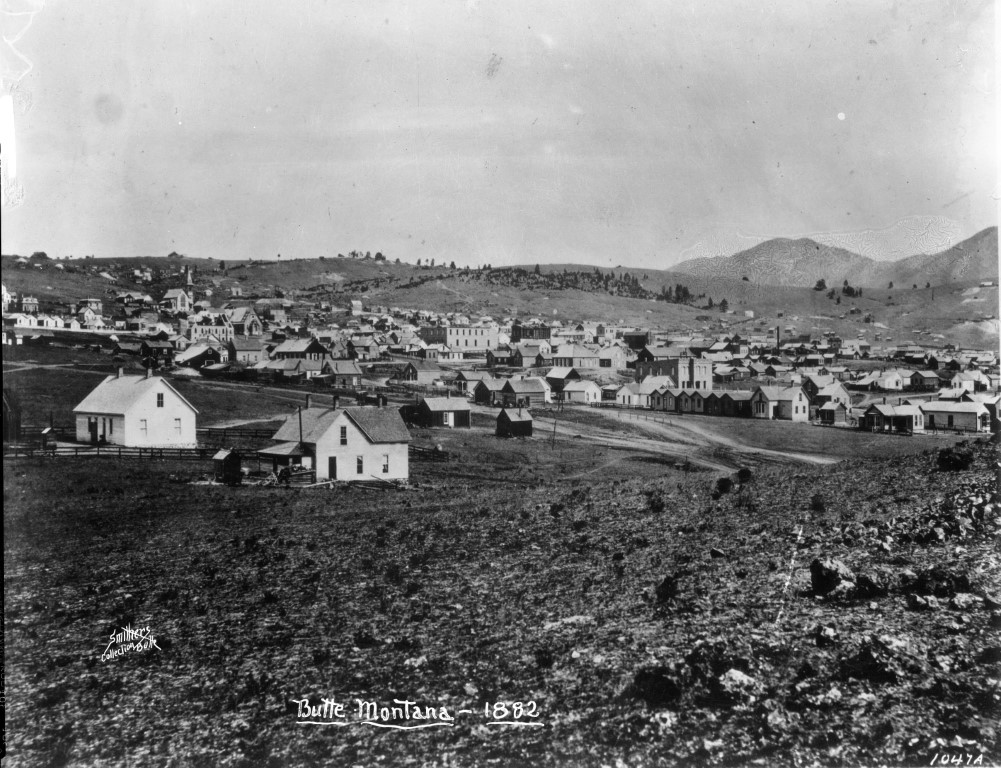
He was especially generous to Twain. They met in 1893 and were lifelong friends. When Twain’s publishing firm went bankrupt in 1894, Rogers and Benjamin untangled the mess. After Rogers’s death in 1909, Twain wrote, “I am grateful to his memory for many a kindness and many a good service he did me, but gratefulest of all for the saving of my copyrights; a service which saved me and my family from want, and assured us permanent comfort and prosperity.”
But how did Rogers and Twain connect to W.A. Clark? That thread links to Clark’s rival copper king, Marcus Daly.
The story begins in Nevada, where Samuel Clemens wrote for the Virginia City Territorial Enterprise from 1861 to 1864 and first used the pen name “Mark Twain.” The young newswriter freely mixed fact with biting satire, offending many locals, who dubbed him “the reigning loudmouth of Washoe.” Once he abandoned journalism for fiction, his career took off.
Meanwhile, a 20-something Marcus Daly worked in the silver mines of Nevada’s Comstock Lode from the mid-1860s until 1870. He was a “fun-loving fellow” whose sojourn in the silver state slightly overlapped Twain’s. While Twain made no mention of Daly in his writings, there is strong circumstantial evidence they knew each other.
Daly and Twain almost certainly connected—or reconnected—in Montana during Twain’s 1895 speaking tour. Two of his five Montana stops were Butte and Anaconda. Further, Twain stayed the night of August 2 at Daly’s magnificent Hotel Montana. Newspapers confirmed that Daly was in Anaconda, and on August 3, Daly left for Great Falls while Twain departed for Helena. Most likely, they took the same train north.
The open question is if Twain connected Daly to Henry Rogers. We probably will never know for sure. This may have been by design: Daly was, like Rogers, generous and gregarious to friends, but in business preferred manipulating events with an invisible hand.
Ultimately, in 1899 Daly allied with Rogers to reorganize Montana’s Anaconda Company into Amalgamated Copper. While Daly was president of the new company, his health was declining and power rested with Rogers, then vice president. The personal connection between Daly and Rogers was evident at Daly’s funeral in November 1900, when Rogers joined the copper king’s closest friends as a pallbearer.
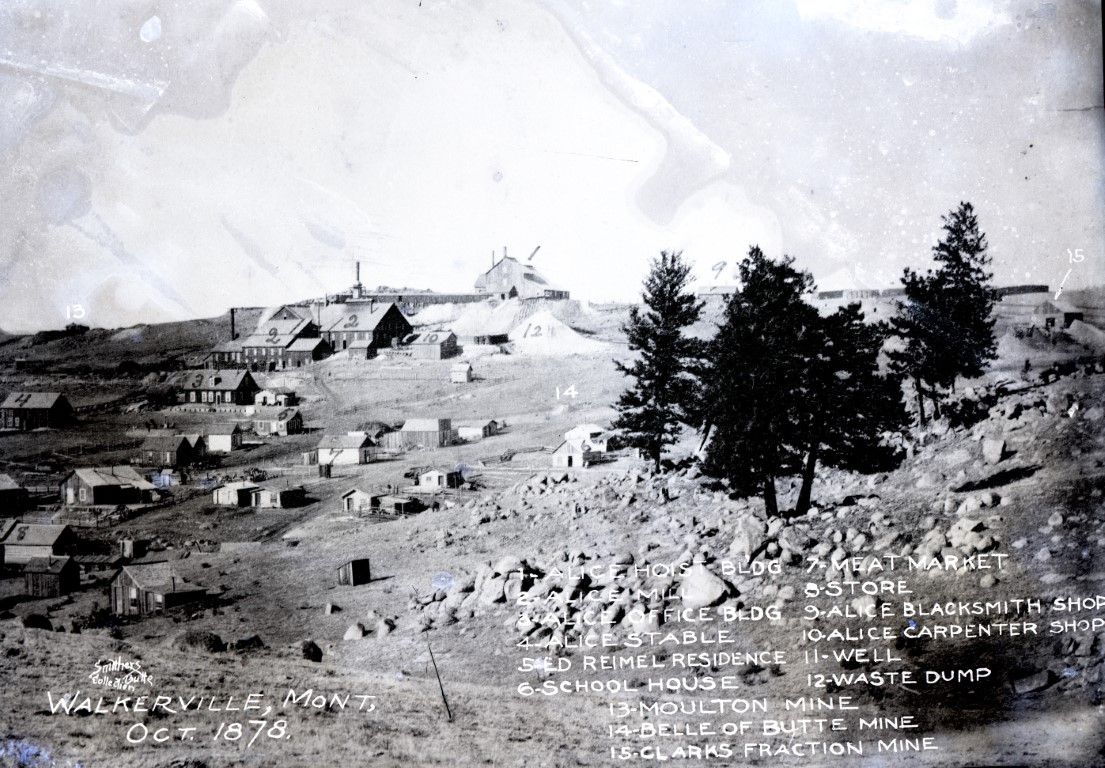
Which brings us back to W.A. Clark. Was Twain’s assessment of “Clark of Montana” just his own opinion, or was it a hatchet job engineered by Rogers?
As Rogers took control of Montana’s copper, he inherited the banner of the Clark-Daly feud, fanning its smoldering embers into the new century. When Clark flung accusations of corruption at Rogers, the pot was accusing the kettle. When Twain declared, “He is said to have bought legislatures...” Clark was guilty as charged.
Clark loved money. He came west and mastered the art of “mining the miners” by selling goods at premium prices. He then turned to banking and invested in Butte’s mines. As historian Joseph Kinsey Howard explained, “Never a dollar got away from him that didn’t come back stuck to another.”
Clark’s drive for profit made enemies, especially Marcus Daly. Their mutual dislike probably began when Daly arrived in Butte in 1876 as an agent for the Walker Brothers of Utah. When he purchased a silver mine called the Alice, it turned out the seller owned two-thirds of the mine and Clark controlled the rest. Daly paid $3,000 for the majority share, but Clark got $3,500 for his one-third. This was classic Clark, and Daly may have decided then and there that Clark was, as Twain later said, “as rotten a human being as can be found anywhere.”
As Clark’s fortune grew, so did his ego. Territorial Governor Samuel T. Hauser once wrote that Clark valued one thing even more than money: “the flattery and admiration of his fellow man.” Twain concurred in 1907, commenting, “with forty years’ experience of human assfulness and vanity at banquets, I have never seen anything of the sort that could remotely approach...[Clark’s] glorification of himself.”
The Clark-Daly feud went public in 1888 when Clark was the Democratic nominee for Territorial Delegate to the U.S. Congress. Convinced he would win, Clark was shocked to lose to Thomas Carter, the little-known Republican. Behind the scenes, Daly, also a Democrat, had switched his support from Clark to Carter, claiming Montana needed a Republican face in Washington. Clark took it as a personal betrayal, especially after Daly’s forces also thwarted Clark’s senatorial ambitions in 1889 and 1893.
In 1894, Clark pounced. In an election to select the permanent capital of Montana, Daly put his town of Anaconda up against Helena, backed by Clark. The pair collectively dumped three million dollars into the fight—$105 million today. With just 52,000 electors, this averaged out to $56 per vote—$1,900 in modern funds. Clark won that round.
After that, Clark’s unscrupulous ambition definitely “so sweetened corruption that in Montana it no longer has an offensive smell.” In those days, senators were chosen by the state legislature. When a Senate seat opened in 1899, Clark’s vote-buying was blatant. His son Charles allegedly quipped, “We will either put the old man in the Senate or the poorhouse.” When a witness came forward to testify that he was given a $30,000 payoff, evidence of bribery was dismissed as “inconclusive” by a Helena-based grand jury of Clark supporters.
Indeed, Twain rightly said, “No one has helped to send him to the Senate who did not know that his proper place was the penitentiary.”
When Clark traipsed into the U.S. Capitol in March 1899, Montana’s other senator, Daly’s ally Thomas Carter, convinced his colleagues to launch an investigation. In April 1900, the Senate Committee on Privileges and Elections unanimously recommended that the Senate refuse to seat Clark.
Clark resigned before he could be ousted, delivering a fiery, tear-filled speech painting himself a hero trying to save Montana from the clutches of Marcus Daly and Amalgamated. No doubt this self-serving diatribe fed Twain’s remark that Clark was a “shame to the American nation.”
That fall, with Daly on his deathbed (he died November 12, 1900), Clark got enough supporters elected to the legislature to win his long-sought Senate seat. He served a single term before retiring in 1907. His shenanigans contributed significantly to the passage of the Seventeenth Amendment, allowing direct election of senators, ratified in 1913.
Although Twain’s motives remain speculative, when he scathed Clark, it was deserved. Perhaps he echoed the sentiments of Rogers and Daly, but he did so in a uniquely delicious way that readers have marveled about for over a century.
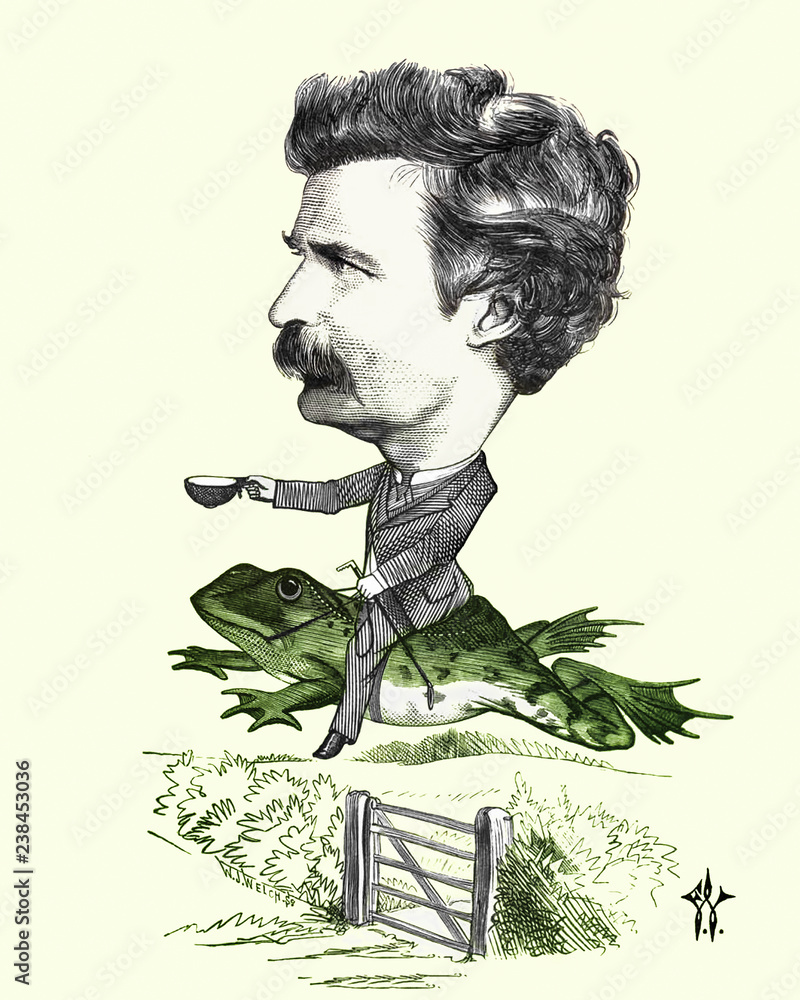
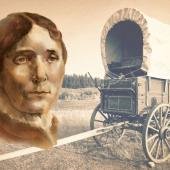




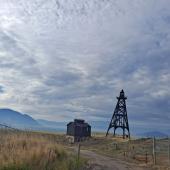




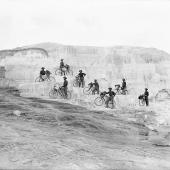

Leave a Comment Here